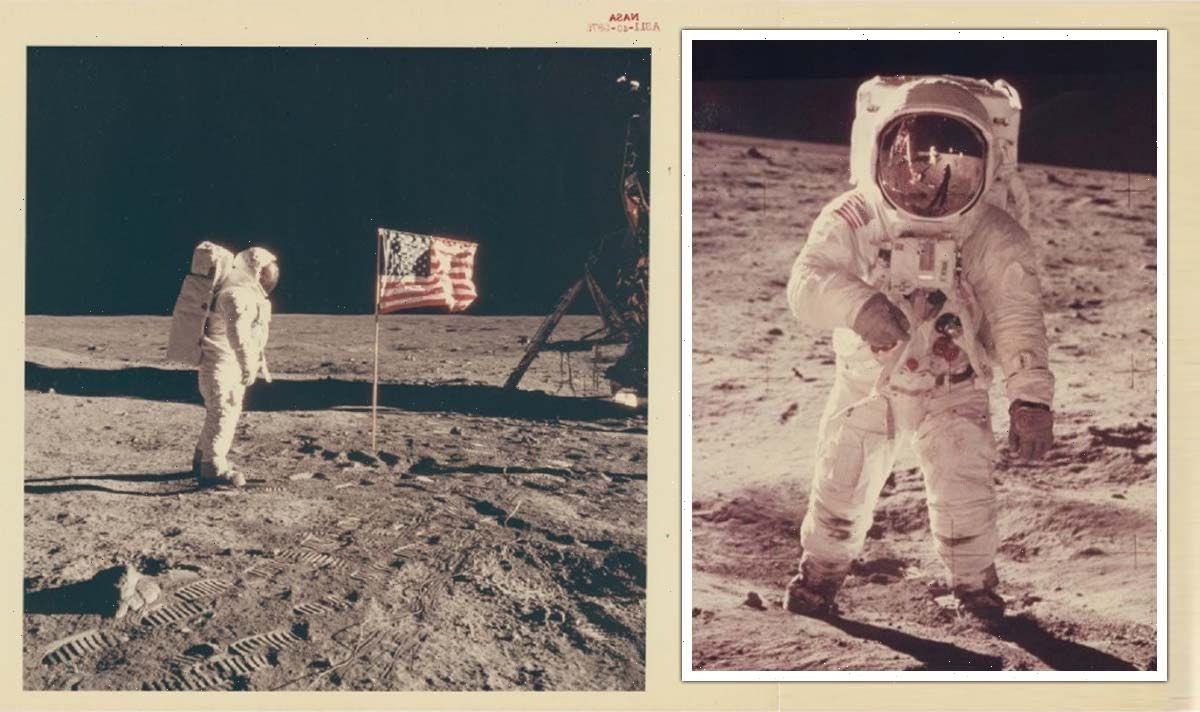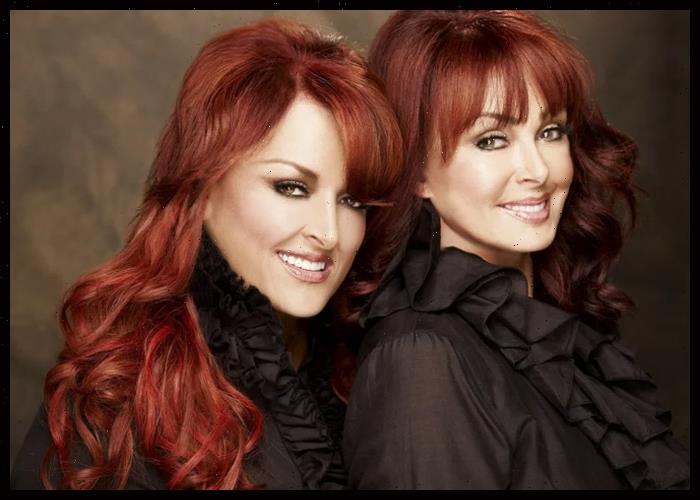What’s the problem, people?
Right. Inflation. Gas prices. $100 to fill up the SUV. Chuck for the price of steak.
Inflation, at 8.3%, is sufficiently shocking to send consumer attitudes to recessionary levels. The University of Michigan’s confidence index is considerably lower than at the outset of the COVID pandemic in 2020, when everything was shutting down. It’s nearly as bad as at the nadir of the Great Recession in 2009. A stock-market selloff that doesn’t even count as a bear market has pushed a Bank of America investor survey to an all-time low, worse than during the 2008 financial panic or the 2001 dot-com bust.
Yet spending is booming, as if some other set of ebullient consumers is actually running the economy. New data shows retail sales were strong in March and April, with spending up big-time on cars and restaurants. People are buying big-ticket items and going out, not what you normally do when you think the sky is falling. Spending at grocery stores dipped, another sign people are eating in less and out, more. Savvy shoppers are probably also fighting inflation by buying more store brands and substituting cheaper goods for costlier stuff.
[What's bumming you out? We'd love to hear about it.]
Manufacturing output rose by a healthy 0.8% in April, with manufacturing capacity at the highest levels in 15 years. That’s unambiguously awesome. There’s been particular strength in auto production, which is now above pre-pandemic levels. Shortages of semiconductors and many other components are starting to ease, and congestion at ports is beginning to clear up.
“Economy firing on all cylinders,” Capital Economics reported on May 17. “It is not just consumer spending powering the economy forward.”
Is there trouble ahead?
Some analysts, such as former Goldman Sachs CEO Lloyd Blankfein, have been muttering about a looming recession. But the incoming data tells another story.
“It has been a good day for the U.S. economy,” Ed Yardeni of Yardeni Research wrote on May 17. “There’s no recession suggested by these numbers.”
He pointed out that the Atlanta Federal Reserve’s GDP forecast jumped from 1.8% growth for the second quarter to 2.5% on the retail sales and manufacturing data, with most indicators looking solid.
When will consumers get the memo? Or do they already have the memo? It’s a puzzling question. The University of Michigan data shows that consumers expect inflation to be 5.4% in a year and 3% in five years. So they think inflation is temporary and solvable. Inflation doesn’t seem to explain the somber mood, at least not fully.
Poll respondents rate current conditions better than what they expect in the near future. That suggests a tipping-point phenomenon, where the best might be behind, with trouble ahead. The Federal Reserve’s shift from loose to tight monetary policy fits with that narrative. The Fed is clearly spooked by inflation and worried the economy is too hot. The abrupt move to half-point rate hikes every couple of months this year is a more aggressive flip than we’ve seen in most prior cycles. The Fed may be giving off vibes that something is badly wrong.
[Follow Rick Newman on Twitter or sign up for his newsletter.]
Surveys meant to capture economic sentiment sometimes pick up other signals, as well. Russia’s barbaric invasion of Ukraine is a worldwide bummer, especially the galling reports of mass murders and other atrocities. Nobody likes to hear commentators discussing nuclear war scenarios, which may be plausible if Russian President Vladimir Putin feels cornered or desperate. The long shadow of COVID, constantly mutating and causing new outbreaks, is a global depressant. America’s political warfare is another ubiquitous downer. Retail therapy doesn’t solve every ill.
The gap between dismal confidence and a strong underlying economy will close in one of two ways. It’s possible consumers are sniffing out a recession before it shows up broadly in the data. If a recession does arrive, the cause would be inflation that forces the Fed to raise interest rates too fast. The Fed cools inflation by raising the cost of borrowing, which makes debt-fueled spending more expensive. So people and businesses spend less, which cuts demand and eventually lowers prices. But if you subdue demand too much, the economy shrinks and you have a recession. It could happen.
But it seems more likely that inflation has peaked, supply-chain kinks of the last two years are finally unwinding and the solid economic numbers are real and potentially lasting. If so, declining inflation will let the Fed ease up on rate hikes before it drills demand too hard. If there were tangible evidence of inflation heading down, it would be another trend in the right direction and something to feel good about. If consumers even want to feel good about anything.
Rick Newman is the author of four books, including “Rebounders: How Winners Pivot from Setback to Success.” Follow him on Twitter: @rickjnewman.
Read the latest financial and business news from Yahoo Finance
Follow Yahoo Finance on Twitter, Instagram, YouTube, Facebook, Flipboard, and LinkedIn
Source: Read Full Article


